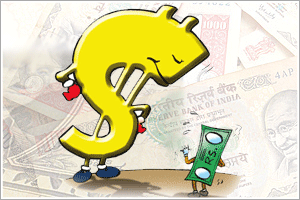Jaa, the Thai action star best known for his Ong Bak movies, is joining the heavy-duty cast of Fast and Furious 7, Universal’s newest installment of the hit franchise series.
Fast 7 already has Jason Statham as the villain, one of several new additions to a series that stars Vin Diesel and Paul Walker. Ronda Rousey also is in talks to come in for a cameo.
The script is still being being written by longtime franchise player Chris Morgan, so details are sketchy and Jaa’s part in the international action pic remains unknown.
Jaa is a stuntman-turned-actor who spent his youth as an elephant herder. He watched martial arts movies and decided to follow in the footsteps of heroes Jackie Chan and Jet Li. He made three Ong Bak films, which were global hits, and is considered a symbol of national pride in his home country.
Fast 7 will be his English-language debut as well as his first studio picture."I have been a big fan of the Fast and Furious franchise," said Jaa via e-mail from Thailand. "The films are fast-paced, fun and keep the audience involved. There is a great mix of humor and action, something I really appreciate. There is no better film to be involved in for a first U.S. studio production."
When asked if he was looking forward to going mano-a-mano with Diesel or Dwayne Johnson and, more importantly, who would win in a fight, Jaa responded, "Having a chance to work with Vin Diesel and The Rock already makes me a winner."James Wan, off the success of The Conjuring, is directing the movie, which will start shooting in September on an accelerated schedule to meet a July 11, 2014, release date.
Jaa is repped by Gersh, manager Mike Selby and attorney George Hayum.
















